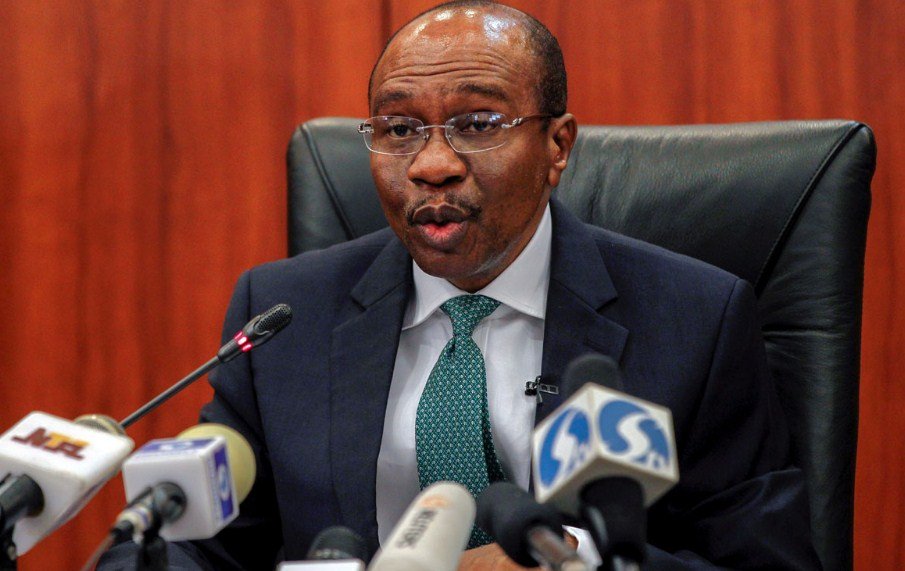Strong Growth in Balance Sheet and Profitability
According to a market intelligence report by The Nation, the total assets of Nigerian publicly quoted banks rose by more than N40 trillion to about N125 trillion in the third quarter of 2023, indicating the underlying strength of the Nigerian banking industry. The report was based on the published third quarter reports of the publicly quoted banks, including the main first tier banks, nationally regarded as systemically important banks. The publicly quoted banks account for more than 90 per cent of Nigeria’s banking operations and mirror the sectoral performance.
The report showed that all banks recorded double-digit growth in their balance sheet, with the exception of Unity Bank, which suffered a contraction of 17.1 per cent. Stanbic IBTC Holdings recorded the highest growth, in percentage terms, with an increase of 54.3 per cent over the nine-month period while Sterling Financial Holdings recorded the lowest growth rate of 21 per cent.
The banks also improved their profitability, as the aggregate net profit of the 14 publicly quoted banks increased by 28.6 per cent to N1.03 trillion in the third quarter of 2023, compared with N801.5 billion in the corresponding period of 2022. The increase in net profit was driven by higher net interest income, non-interest income and lower impairment charges. Zenith Bank International posted the highest net profit of N263.8 billion, followed by Guaranty Trust Holding Company (GTCO) with N239.9 billion and United Bank for Africa (UBA) with N155.4 billion.
Improved Asset Quality and Capital Adequacy
The report also revealed that the banks improved their asset quality, as the ratio of gross non-performing loans (NPLs) to gross loans declined from 6.3 per cent in December 2022 to 5.1 per cent in September 2023, the lowest level in six years. The decline in NPL ratio was attributed to the recovery of some bad loans, write-offs and loan restructuring. The banks also increased their loan loss provisions, which rose by 22.4 per cent to N392.9 billion in the third quarter of 2023, compared with N321.1 billion in the same period of 2022.
The banks also bolstered their capital adequacy, as the aggregate capital adequacy ratio (CAR) of the 14 publicly quoted banks increased from 18.9 per cent in December 2022 to 20.1 per cent in September 2023, well above the regulatory minimum of 15 per cent for systemically important banks and 10 per cent for other banks. The increase in CAR was mainly due to the retention of earnings and the issuance of tier 2 capital instruments by some banks. All the banks met the minimum CAR requirement, except for Unity Bank, which had a CAR of 9.8 per cent.
Outlook and Challenges
The report concluded that the Nigerian banking sector embarked upon a phase of consolidation during H2:2021-22, as the banks leveraged on the recovery of the economy from the COVID-19 pandemic and the policy support from the Central Bank of Nigeria (CBN). The banks were able to kick start a fresh lending cycle while simultaneously improving profitability and asset quality.
However, the report also highlighted some challenges and risks that the banks may face in the near future, such as the rising inflation, exchange rate volatility, regulatory uncertainties and cyber threats. The report advised the banks to remain vigilant and proactive in managing these risks and to continue to innovate and diversify their products and services to meet the changing needs and preferences of their customers.

